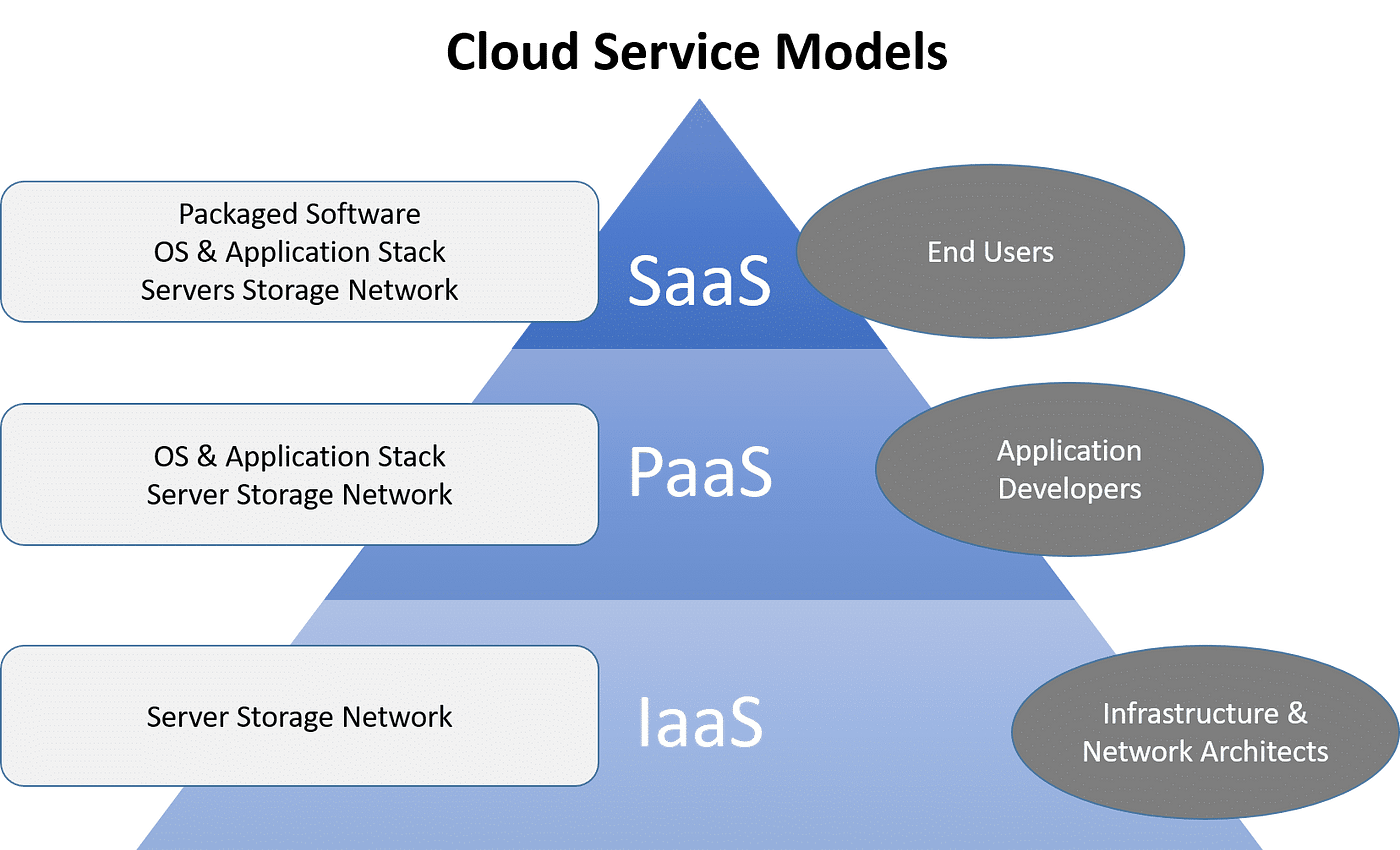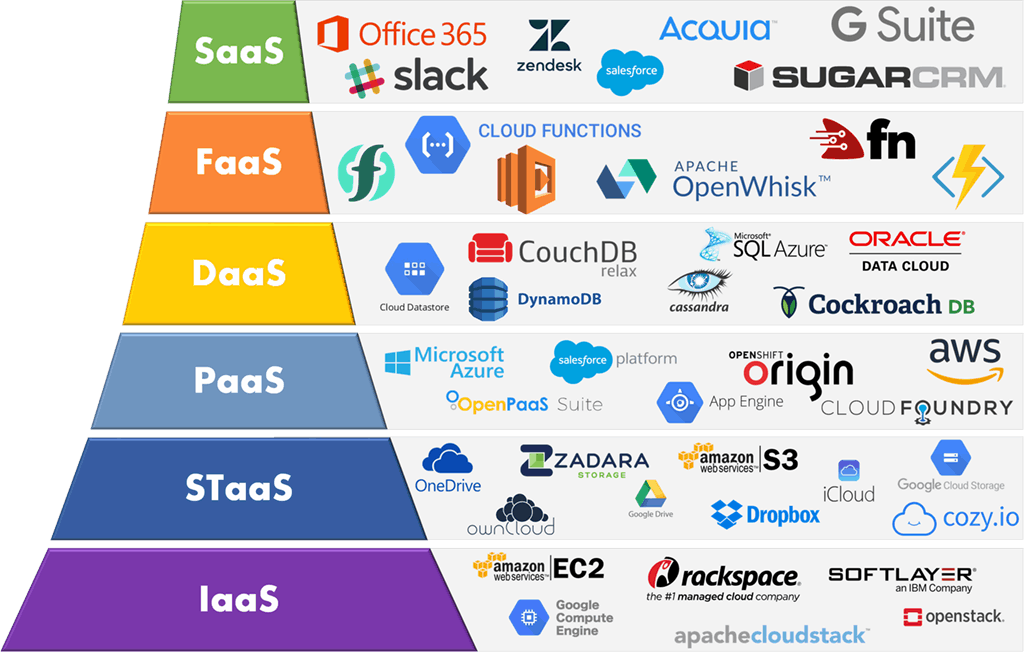Why Select LinkDaddy Cloud Services: Benefits and Functions Described
Why Select LinkDaddy Cloud Services: Benefits and Functions Described
Blog Article
Achieve Seamless Scalability With Cloud Provider
In the ever-evolving landscape of cloud solutions, achieving smooth scalability stands as a foundation for modern-day organizations seeking to stay adaptable and competitive. The pursuit for seamless scalability with cloud solutions reveals a world of possibilities for those prepared to welcome the transformative power of vibrant resource administration.
Benefits of Cloud Scalability
Cloud scalability offers organizations the flexibility to dynamically adjust resources based upon demand, guaranteeing ideal efficiency and price efficiency. One essential advantage is the capacity to scale resources up or down quickly in feedback to fluctuating work. This dexterity enables businesses to fulfill transforming consumer needs without over-provisioning sources, inevitably resulting in cost financial savings. Scalability also improves efficiency by making certain that systems can handle raised traffic or work without experiencing downtime or slowdowns. By effectively designating resources, organizations can maintain high levels of efficiency throughout peak times without unnecessary expenses during quieter durations. In addition, cloud scalability promotes innovation and experimentation by permitting services to quickly check originalities and scale them as required. This flexibility motivates a culture of continual improvement and adaptation, enabling organizations to remain competitive in a rapidly progressing market landscape. Eventually, the advantages of cloud scalability expand beyond cost savings to include better efficiency, dexterity, and development.
Secret Features for Scaling
Effective scaling in cloud services counts on essential features that allow companies to change sources dynamically based on need. One important feature for scaling is flexibility, enabling sources to scale up or down in response to fluctuating work. This makes sure that companies can meet efficiency requirements without over-provisioning sources. An additional key attribute is scalability, enabling systems to take care of enhanced work by adding sources flawlessly. This function is essential for suiting growth without endangering performance. In addition, automation plays a vital function in scaling by automating the provisioning and de-provisioning of sources based upon predefined policies. Automation lowers human intervention, enhances effectiveness, and makes sure rapid response to changing needs. Monitoring and analytics tools are likewise crucial for scaling, providing insights into source use, performance metrics, and potential traffic jams. These devices allow companies to maximize and make educated decisions resource allowance for efficient scaling. Generally, these essential attributes collectively equip organizations to attain seamless scalability in cloud services.
Carrying Out Auto-Scaling Techniques
To successfully maximize resource appropriation and adjust to differing work, organizations must tactically apply auto-scaling techniques in their cloud solutions infrastructure. Auto-scaling permits systems to immediately adjust the variety of compute resources based on real-time need. There are numerous auto-scaling strategies that companies can employ, such as anticipating scaling, which uses historic data to anticipate future resource requirements, and reactive scaling, which reacts to present workload adjustments.

Ideal Practices for Scalability
For organizations intending to enhance their scalability in cloud solutions, carrying out finest methods is crucial for optimum efficiency and resource management. One secret ideal method is developing applications with a microservices design. This technique breaks down applications into smaller sized, independent solutions that can be deployed, updated, and scaled individually, enabling better adaptability and scalability.
An additional essential practice is using containerization innovation, such as Docker or Kubernetes. Containers make it possible for the packaging of applications and their dependences into separated devices, making it much easier to scale parts separately and release them continually throughout different atmospheres.
In addition, carrying out automated release and framework as code (IaC) can enhance scalability efforts (linkdaddy cloud services). Automation tools like Terraform or Ansible help in provisioning and handling sources efficiently, lowering manual mistakes and allowing rapid scalability
Furthermore, keeping track of performance metrics, establishing notifies, and conducting normal capacity preparation are essential techniques to make sure proactive scalability monitoring. By sticking to these ideal practices, companies can attain smooth scalability in their cloud solutions while maximizing efficiency and source use.
Monitoring Performance Metrics
When assessing the efficiency of cloud solutions scalability, very closely monitoring performance metrics is essential for making certain ideal performance and source allocation. By continuously tracking vital performance signs (KPIs) such as feedback times, resource, latency, and throughput utilization, organizations can get useful insights into the health and efficiency of their cloud facilities. Keeping track of efficiency metrics enables for the early discovery of potential traffic jams or problems universal cloud Service that might affect scalability, enabling aggressive measures to be required to resolve them prior to they escalate.

Conclusion
To conclude, accomplishing smooth scalability with cloud solutions is necessary for organizations to enhance performance, improve advancement, and maintain high efficiency degrees throughout peak times. By leveraging the advantages of cloud scalability, executing auto-scaling approaches, utilizing essential functions such as elasticity and automation, and following finest methods like application design and performance monitoring, services can effectively scale their systems while maximizing resource application and performance.
The quest for seamless scalability with cloud solutions unveils a world of opportunities for those prepared to embrace the transformative power of dynamic resource management.
Cloud scalability provides organizations the versatility to dynamically adjust resources based on need, making sure ideal efficiency and cost efficiency. Another essential attribute is scalability, enabling systems to handle boosted workload by including sources perfectly.For organizations aiming to enhance their scalability in cloud services, executing finest methods is essential for optimal performance and resource monitoring.When analyzing the efficiency of cloud solutions scalability, carefully monitoring efficiency metrics is crucial for making sure optimum performance and resource allocation.
Report this page